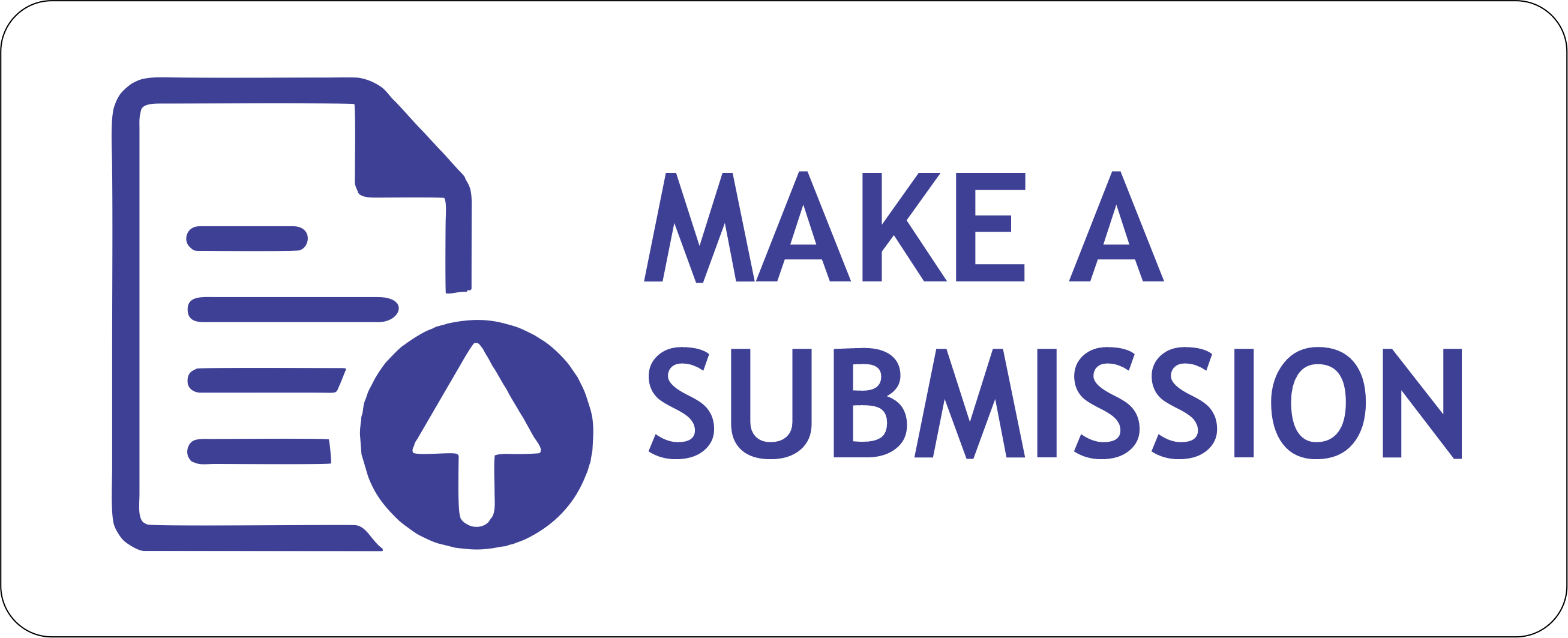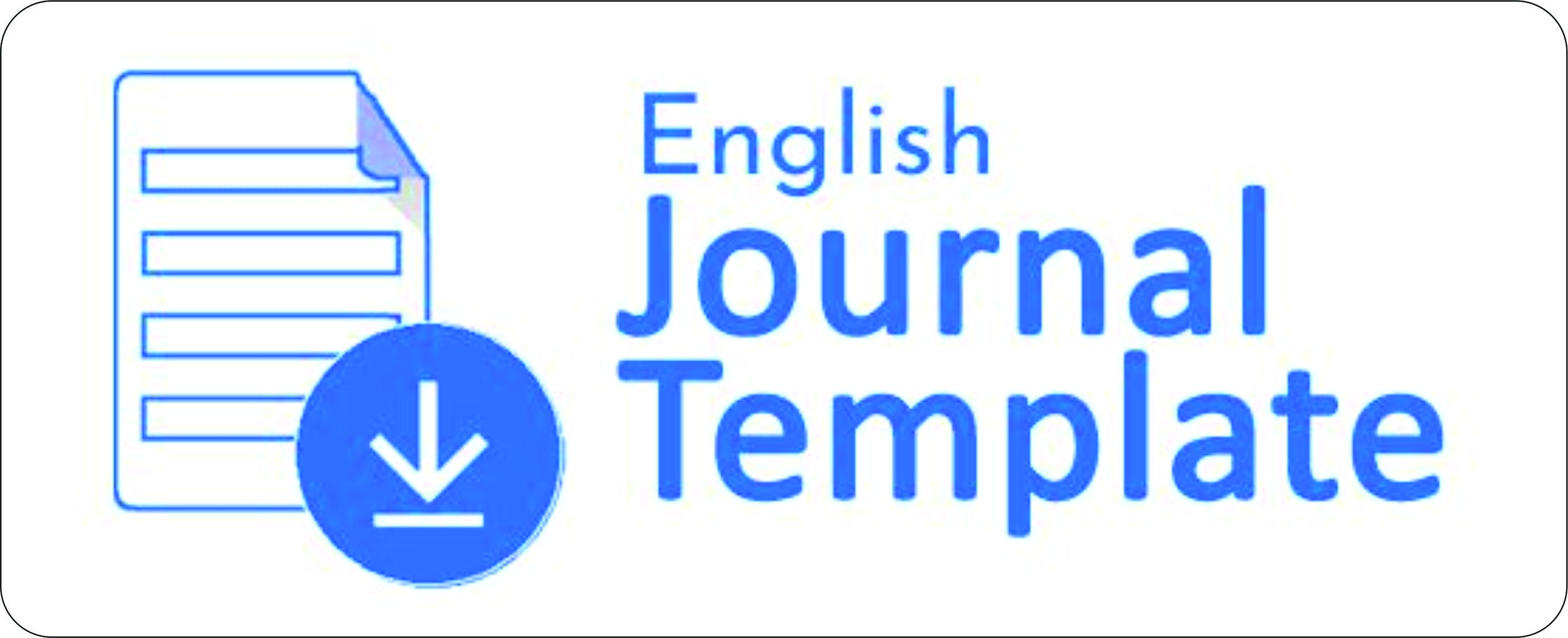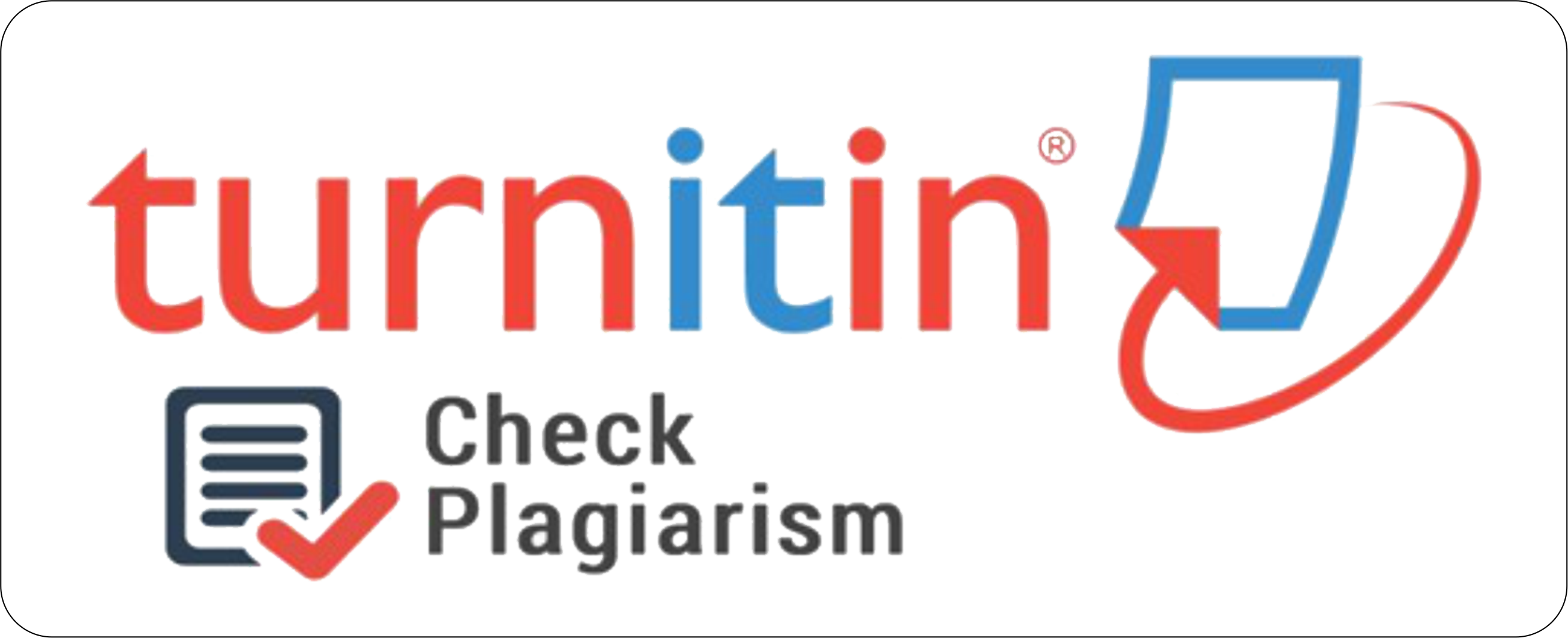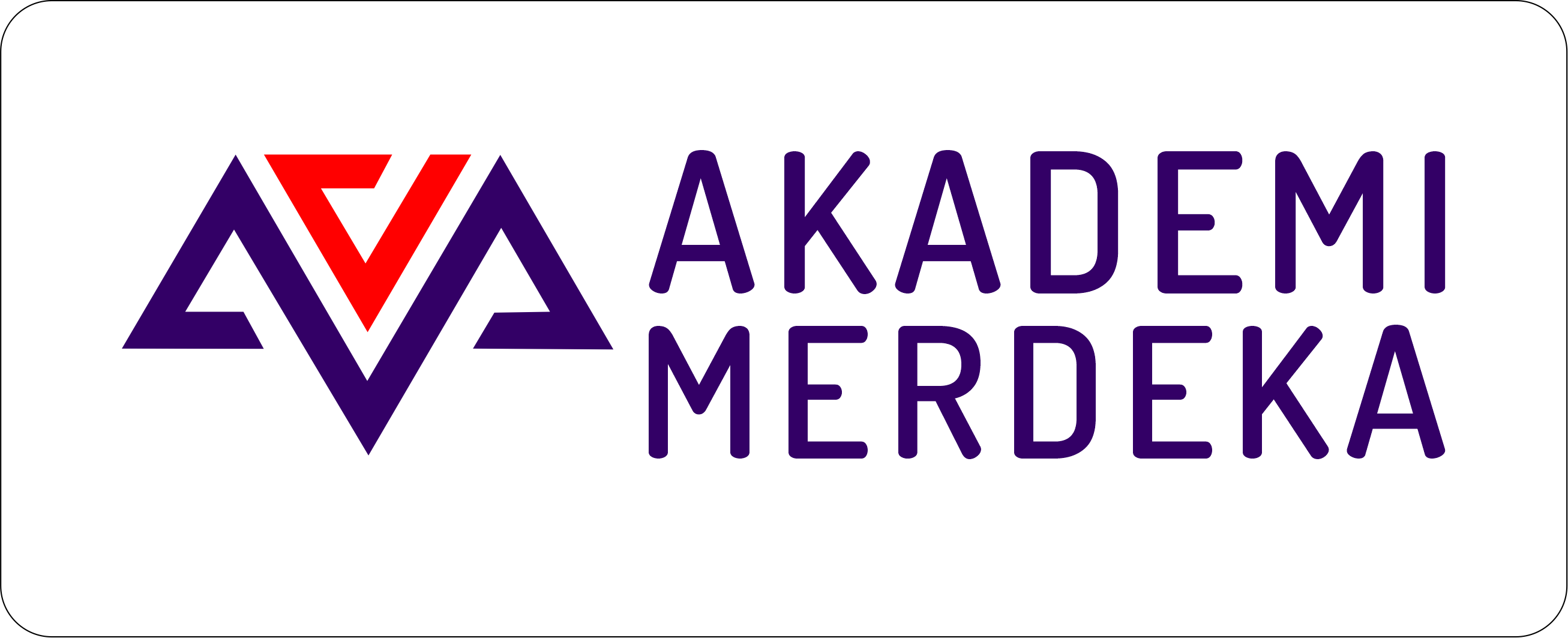MAKE A SUBMISSION

ABOUT
TEMPLATE

SUPPORTING TOOLS


PUBLISHER

INFORMATION
FLAG COUNTER
Authors must meticulously review the journal's policies and standards prior to manuscript submission and prepare the paper in accordance with the specifications outlined on this page.
All manuscripts must be submitted autonomously via the online submission system. Manuscripts submitted over email or in bulk will not be accepted. Manuscripts must be composed in English, featuring a clear and succinct narrative. Non-native English authors are strongly advised to have their manuscripts reviewed by a proficient language editor. Should the text exhibit linguistic inaccuracies that hinder readability, the author will be requested to revise it. Either British or American spelling may be employed, as long as it remains consistent throughout the book. Non-standard abbreviations must be explicitly declared upon their initial usage.
Each contribution must include the following files:
Authors must utilize the Microsoft Word template and comply with all rules specified within it when preparing the manuscript. Should revisions be requested for the manuscript's potential acceptance, authors must submit the revised manuscript accompanied by written responses to the comments from the editors and reviewers.
Manuscripts, supporting papers, revisions, and galley proofs of accepted manuscripts are submitted exclusively via an online submission system. We anticipate responses from authors at each stage. Occasionally, the email server may direct communications transmitted over the system to the spam folder. To ensure they don't miss manuscript status updates and other communications, authors need to regularly check their spam folders.
| # | Country | Visitors |
|---|---|---|
| 1 |
United States
|
373 |
| 2 |
Canada
|
165 |
| 3 |
France
|
157 |
| 4 |
Singapore
|
128 |
| 5 |
Unknown
|
106 |
| 6 |
Indonesia
|
86 |
| 7 |
Vietnam
|
71 |
| 8 |
Brazil
|
42 |
| 9 |
United Kingdom
|
37 |
| 10 |
Hong Kong
|
31 |
| 11 |
India
|
26 |
| 12 |
Russia
|
25 |
| 13 |
Japan
|
21 |
| 14 |
Australia
|
15 |
| 15 |
China
|
12 |
| 16 |
Germany
|
10 |
| 17 |
Mexico
|
9 |
| 18 |
Bangladesh
|
7 |
| 19 |
Iraq
|
7 |
| 20 |
South Korea
|
6 |
| 21 |
Philippines
|
6 |
| 22 |
Pakistan
|
6 |
| 23 |
Italy
|
5 |
| 24 |
Costa Rica
|
4 |
| 25 |
Uzbekistan
|
4 |
| 26 |
Kenya
|
4 |
| 27 |
Ukraine
|
4 |
| 28 |
Venezuela
|
4 |
| 29 |
Argentina
|
4 |
| 30 |
The Netherlands
|
3 |
| 31 |
Kazakhstan
|
3 |
| 32 |
Malaysia
|
3 |
| 33 |
Taiwan
|
3 |
| 34 |
Egypt
|
3 |
| 35 |
Morocco
|
3 |
| 36 |
Saudi Arabia
|
2 |
| 37 |
Tunisia
|
2 |
| 38 |
Algeria
|
2 |
| 39 |
Ethiopia
|
2 |
| 40 |
Sweden
|
2 |
| 41 |
Turkey
|
2 |
| 42 |
Uruguay
|
2 |
| 43 |
Ecuador
|
2 |
| 44 |
Finland
|
2 |
| 45 |
New Zealand
|
2 |
| 46 |
Serbia
|
2 |
| 47 |
South Africa
|
2 |
| 48 |
Chile
|
2 |
| 49 |
Poland
|
2 |
| 50 |
Dominican Republic
|
2 |
| 51 |
Spain
|
2 |
| 52 |
Mongolia
|
1 |
| 53 |
Peru
|
1 |
| 54 |
Palestine
|
1 |
| 55 |
United Arab Emirates
|
1 |
| 56 |
Bahrain
|
1 |
| 57 |
Switzerland
|
1 |
| 58 |
Colombia
|
1 |
| 59 |
Israel
|
1 |
| 60 |
Nepal
|
1 |
| 61 |
Portugal
|
1 |
| 62 |
Albania
|
1 |
| 63 |
Brunei
|
1 |
| 64 |
Ivory Coast
|
1 |
| 65 |
Hungary
|
1 |
| 66 |
Lebanon
|
1 |
| 67 |
Angola
|
1 |
| 68 |
Belgium
|
1 |
| 69 |
Kyrgyzstan
|
1 |
| 70 |
Nigeria
|
1 |
| 71 |
Panama
|
1 |
| 72 |
Senegal
|
1 |
| 73 |
Bulgaria
|
1 |
| 74 |
Ireland
|
1 |
| 75 |
Iran
|
1 |
MIREJ: Multidisciplinary Innovation Research Journal
Published by CV. AKADEMI MERDEKA
Editorial Office:
AKADEMI MERDEKA OFFICE
Kalijaga, Harjamukti, Cirebon City, West Java, Indonesia, 45144
Email: gunturmath@gmail.com or admin@akademimerdeka.com
![]()
This work is licensed under a Creative Commons Attribution 4.0 International License
